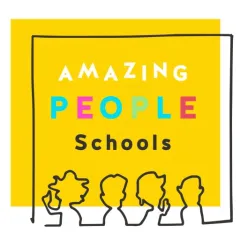Who Am I?
From 2001 to 2018, millions of Afghan women and girls received an education. Currently, the future they were promised is dangerously close to slipping away. Malala Yousafzai has become an international symbol in the fight for girls’ right to education.
She was born in Pakistan, and although girls are not always celebrated there, her father, who was an education activist, was determined to give her the same opportunities a son would have. When she was 11, the Taliban moved into her valley and banned televisions, playing music and dancing. They also prevented girls from attending school, which was intolerable to her family, so they moved. Malala began to speak up about the right to education for young girls in Pakistan.
When she was just 15 years old, Malala Yousafzai was shot on her school bus during an assassination attempt by the Taliban. The Taliban is a conservative religious and political organisation. Ten days after having been shot, Malala woke up in a hospital in Birmingham, England. Her recovery took months and months. In that time, she faced a choice: she could live quietly in England, or she could continue her fight.
What Am I Known For?
In 2014, two years after she was shot, she established the Malala Fund, a charity dedicated to giving every girl an opportunity to achieve a future of her choice. She was awarded the Nobel Peace Prize later that year, becoming the youngest-ever Nobel laureate.
Malala graduated from Oxford University, having studied Philosophy, Politics and Economics. She travels worldwide campaigning to ensure that all girls receive 12 years of free, safe, quality education. When the Taliban regained control of Afghanistan, Malala’s fears that women and girls would be banned from access to education and almost all areas of work became a reality.
How About You?
There are still millions of girls out of school across the world. What can you and your school do to fight for their education and equality?
What voice do you have? Do you use it to support others?
Other Amazing People (you can find them on the website)
Some of our historical amazing people also had to leave areas of conflict and war. Albert Einstein, for example, had to leave Germany with the rise of Nazism in the 1930s. He went on to not only continue his scientific endeavours but also to found the International Rescue Committee. Explore his story on our site.
Other Useful Resources (available on the website)
The Conflict and Character resource provides lots of examples of inspirational refugees and practical activities to strengthen our curiosity, kindness, fairness and perseverance.
Subscribers can find this helpful resource by logging in. If you are not a subscriber, you can access this resource, and many more, by starting a free trial.
Photo: Southbank Centre, CC BY 2.0 via Wikimedia

![8b49a0c98ec527ed729a61a1076a0e81c399e2a3[1]](https://about.amazingpeopleschools.com/wp-content/uploads/2023/07/Malala_Yousafzai-cropped1.jpg)